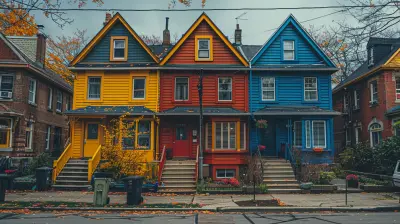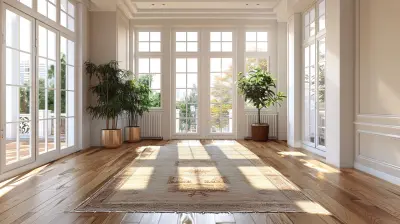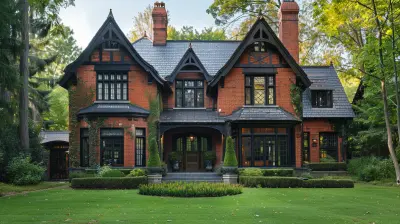How Virtual Staging Makes Empty Rooms Warm and Inviting
2 August 2025
When you walk into an empty house, what do you feel? Cold? Impersonal? Almost lifeless? That’s the challenge real estate agents and homeowners face when trying to sell an unfurnished property. Empty spaces lack warmth, making it harder for potential buyers to connect emotionally.
But here’s the good news—virtual staging is changing the game. It takes those cold, lifeless rooms and fills them with warmth, personality, and charm, all without lifting a single piece of heavy furniture.
So how does virtual staging work? And more importantly, how does it turn an empty space into an inviting home? Let’s dive in.
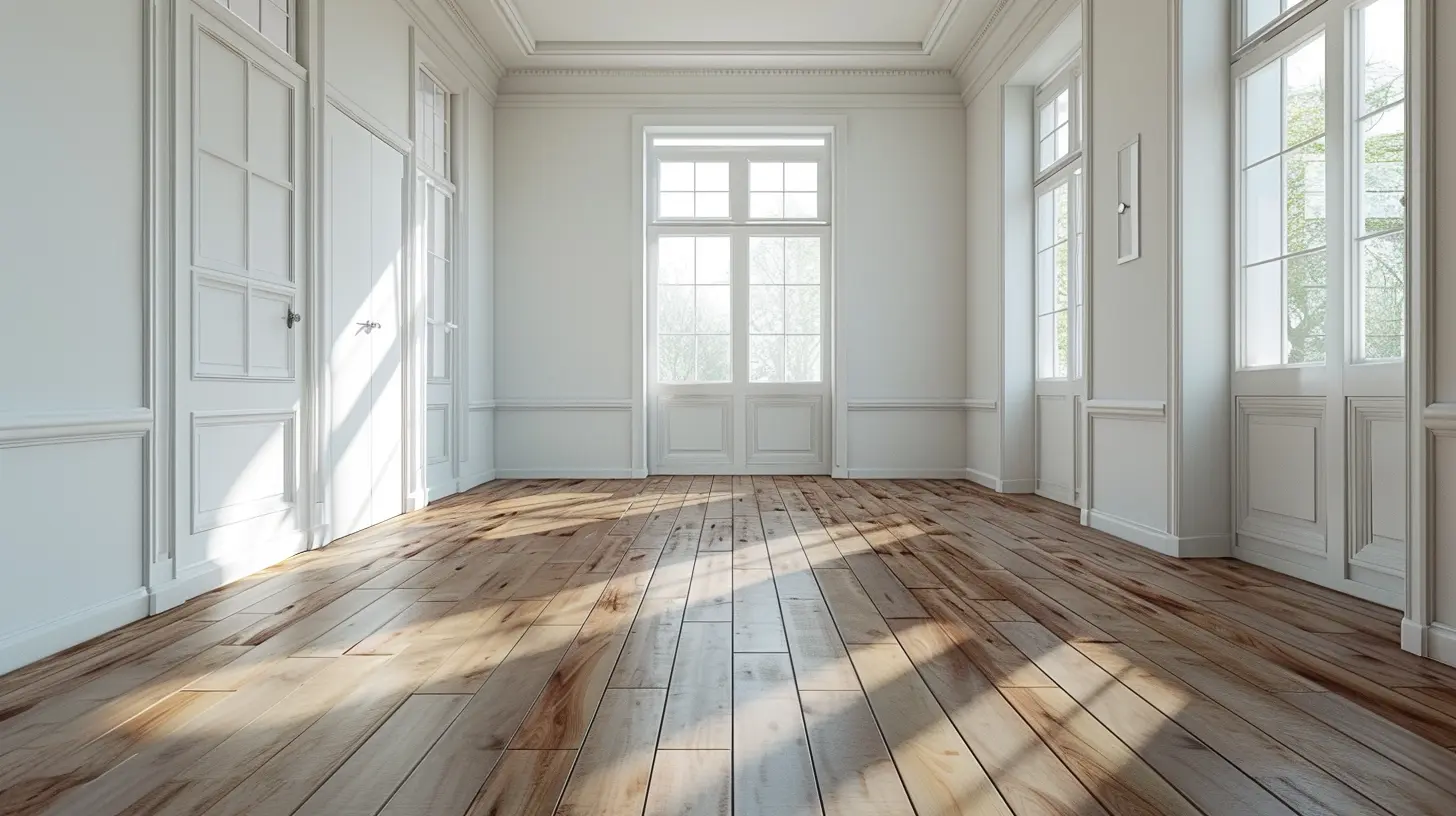
What Is Virtual Staging?
Virtual staging is the process of digitally furnishing and decorating a space using advanced technology. Instead of physically placing furniture and décor in a room, graphic designers use specialized software to add stylish furnishings, artwork, and even lighting elements.Think of it as a magic wand for real estate photos—where once there was an empty, uninspiring room, now there’s a cozy, welcoming living space. And the best part? It’s a fraction of the cost of traditional home staging.
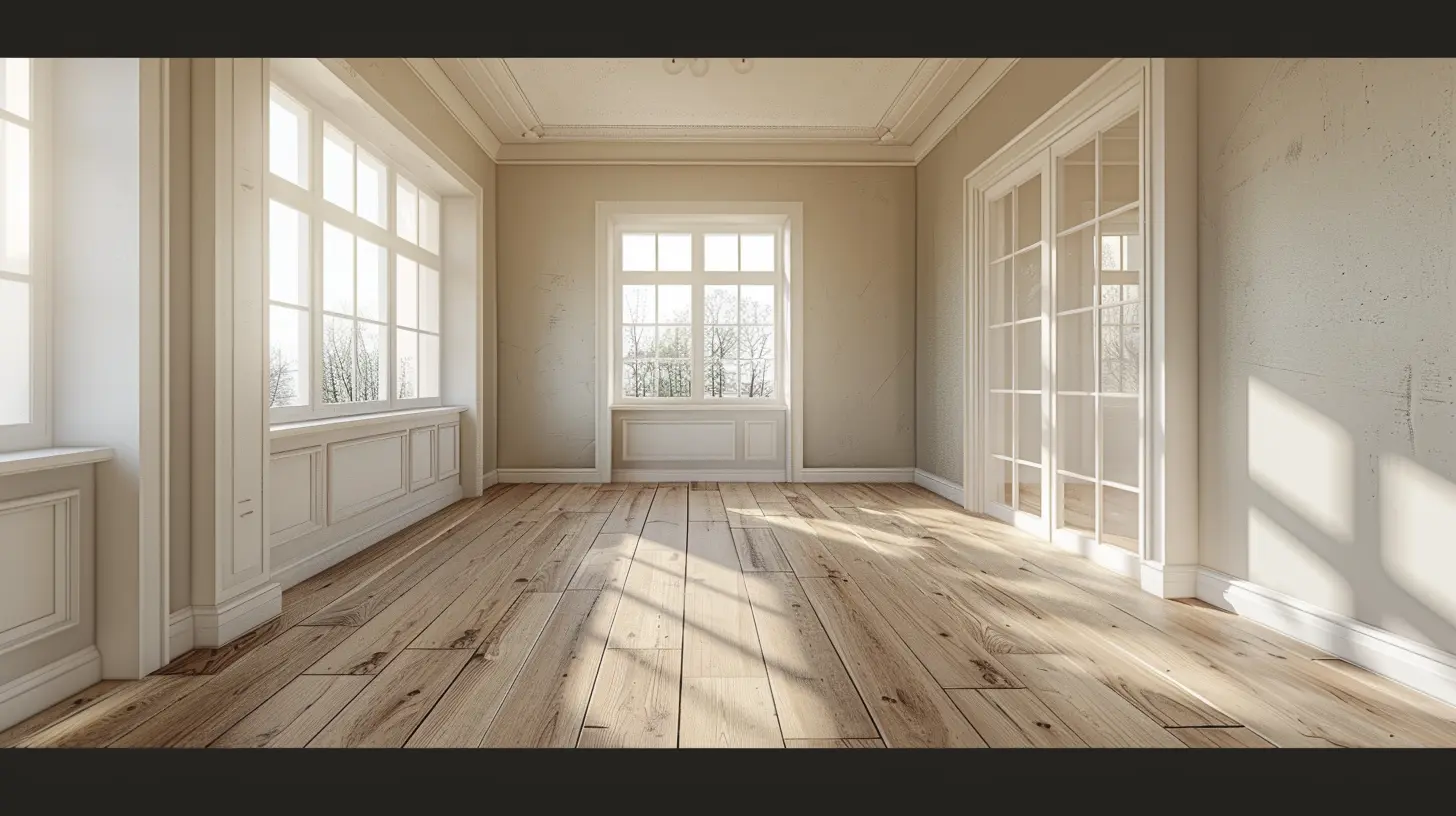
Why Do Empty Rooms Feel So Cold and Uninviting?
There’s a reason why most people struggle to connect with an empty house. It all comes down to psychology.1. Lack of Scale: Without furniture, it’s hard to judge the size of a room. Will the king-sized bed fit? Is there enough space for a sectional sofa? These questions leave buyers feeling uncertain.
2. No Emotional Connection: A house should feel like a home, but an empty space lacks the warmth that makes people imagine themselves living there.
3. Cold, Echoing Spaces: Bare walls and floors can make rooms feel sterile and lifeless. Without soft furnishings and décor, spaces can seem harsh and unwelcoming.
Virtual staging addresses all these issues—and more.
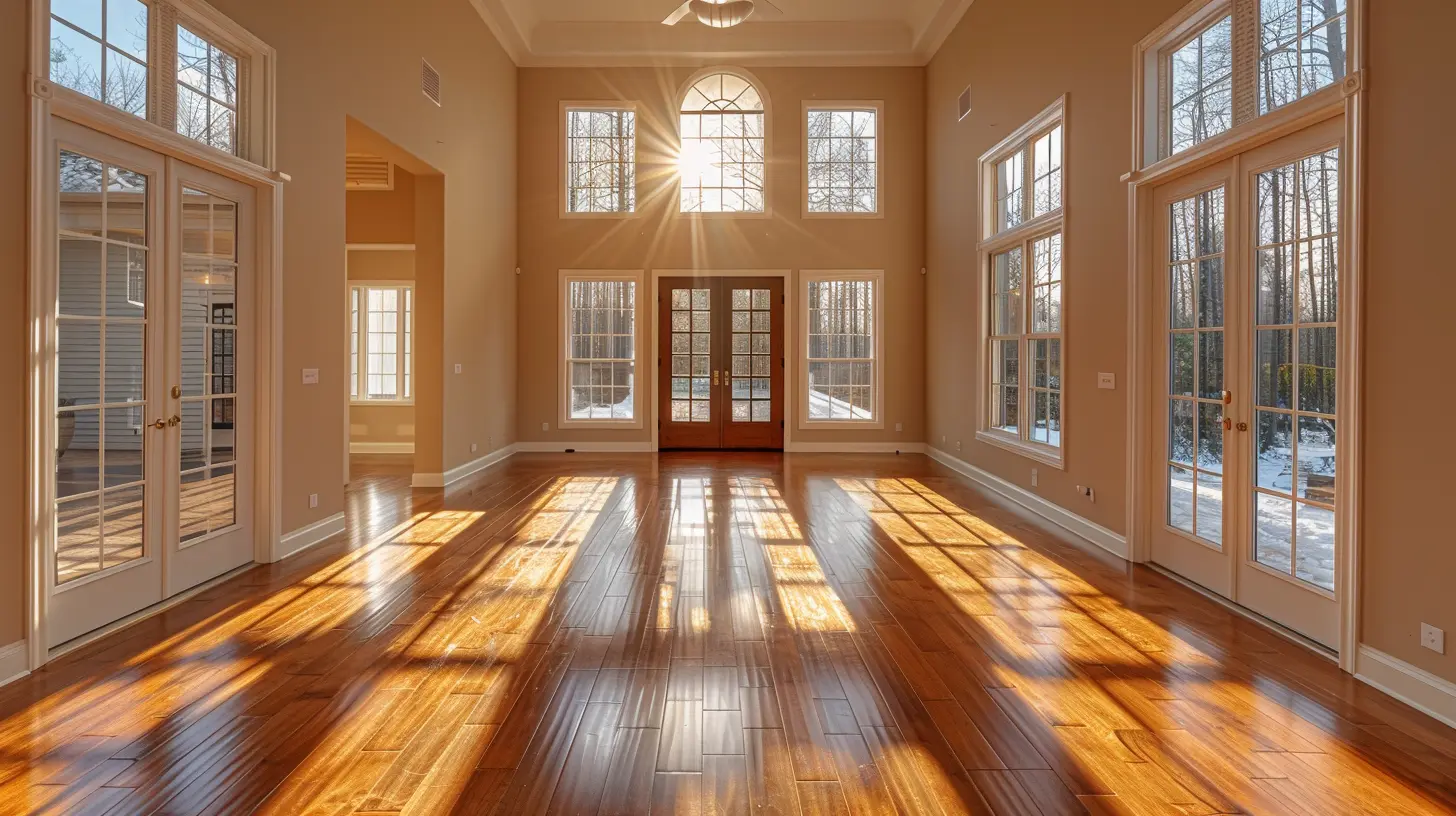
How Virtual Staging Transforms Empty Rooms
1. Adds Warmth and Personality
Imagine a living room with nothing but blank walls, bare floors, and a single overhead light. Now picture that same space with a plush sectional, a cozy area rug, stylish wall art, and soft lighting. Big difference, right?Virtual staging brings in elements that radiate warmth—like soft textures, warm color palettes, and stylish furniture arrangements—creating an inviting atmosphere that appeals to buyers.
2. Helps Buyers Visualize the Space
Most buyers struggle to see beyond empty walls. They can’t picture how the space would look with furniture or how they’d arrange their own belongings.With virtual staging, buyers get a realistic preview of the home’s potential. They can see a master bedroom tastefully furnished, a dining room set for a family dinner, or a cozy reading nook by the window. This visualization helps them emotionally invest in the property.
3. Optimizes the Layout
An empty room doesn’t give any clues about the best way to arrange furniture. Virtual staging solves this by showcasing functional layouts that maximize space utilization.For instance, an awkwardly shaped living room can become a well-balanced entertainment space with a smart furniture arrangement. This helps buyers see how the space can work for their lifestyle.
4. Appeals to Target Buyers
Every home has a unique market, and virtual staging allows sellers to tailor the interior design to match the preferences of potential buyers.- Selling a modern condo? Virtual staging can showcase sleek, minimalist furniture with contemporary décor.
- Marketing a family-friendly home? A staged nursery or a comfortable living room with a big sectional and a TV unit can make all the difference.
This targeted approach increases the chances of attracting serious buyers.
5. Highlights Architectural Features
Sometimes, beautiful home features go unnoticed in an empty room. A grand fireplace, stunning bay windows, or intricate crown molding can all get lost when there’s nothing else in the space.Virtual staging draws attention to these architectural highlights. A well-placed armchair by a fireplace or a dining table positioned under a statement chandelier helps buyers appreciate the home’s unique selling points.
6. Eliminates the Cold, Sterile Feel
A completely empty space often echoes when you walk through it. The lack of soft furnishings makes it feel more like a warehouse than a home. Virtual staging introduces rugs, throw pillows, and curtains that soften the space, giving it a lived-in feel.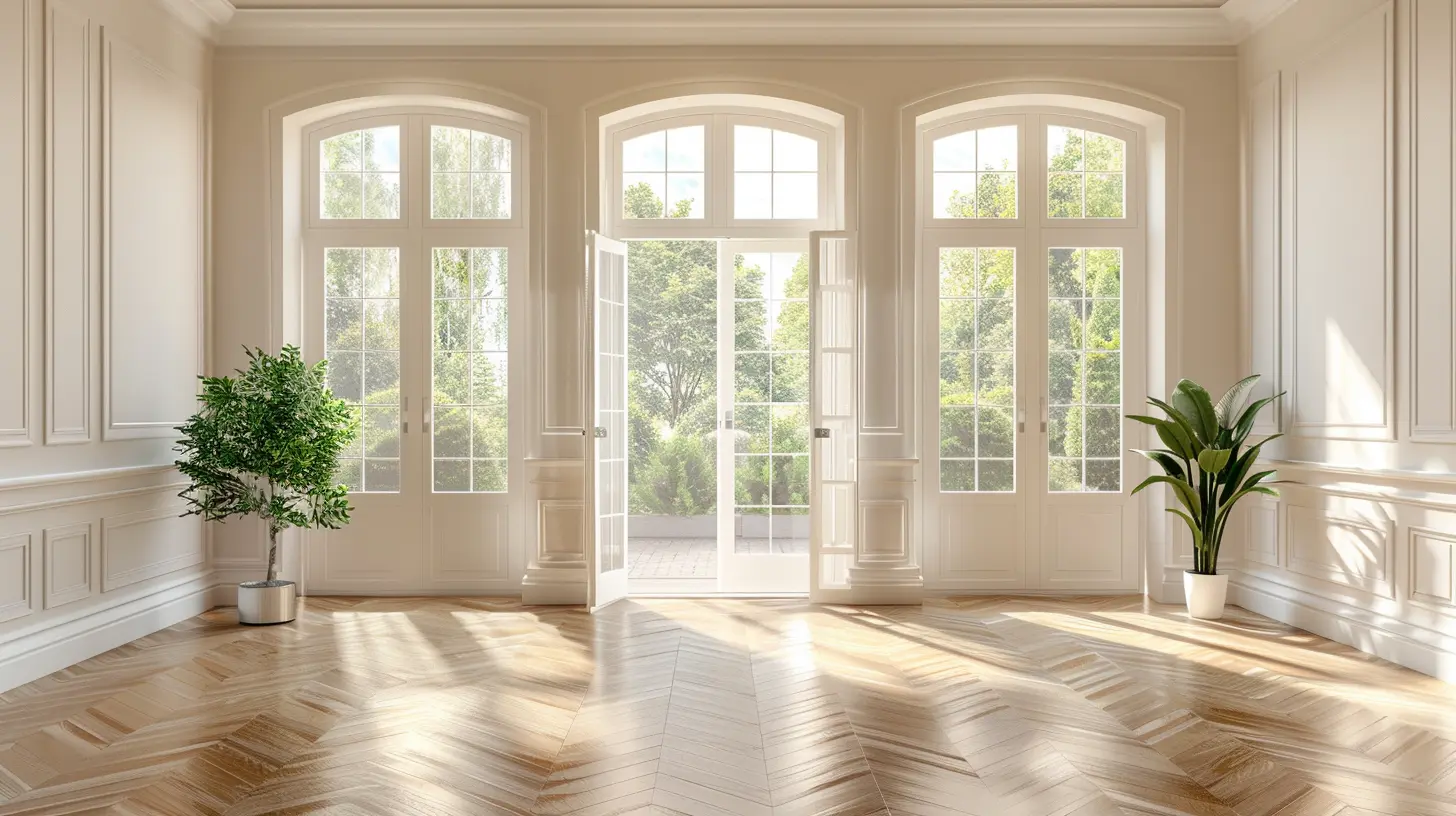
The Cost-Effective Alternative to Traditional Staging
Let’s talk numbers. Traditional home staging—renting actual furniture, hiring professionals, and arranging décor—can cost anywhere from $2,000 to $5,000 per month. That’s a hefty price tag.Virtual staging, on the other hand, costs between $30 to $150 per image. Even if you stage every room digitally, the savings are significant. Plus, it eliminates the hassle of moving furniture in and out.
For sellers, this means they get all the benefits of staging without breaking the bank.
Does Virtual Staging Really Work?
Absolutely. Studies show that staged homes sell faster and often for a higher price than unstaged or empty homes. According to the National Association of Realtors (NAR), 83% of buyers say that home staging makes it easier to visualize a property as their future home.Virtual staging achieves the same result—helping buyers emotionally connect with a space—without the cost and effort of traditional staging.
Things to Keep in Mind When Using Virtual Staging
While virtual staging is a fantastic tool, it’s important to use it correctly. Here are some best practices:1. Keep It Realistic – Overly perfect, magazine-style staging can look fake. The goal is to enhance, not mislead.
2. Match the Home’s Style – A rustic farmhouse shouldn’t be staged with ultra-modern, industrial furniture. Consistency is key.
3. Disclose Digital Staging – Ethical real estate practices require transparency. Buyers should know that images have been digitally enhanced.
4. Use High-Quality Images – Pixelated or unrealistic graphics can cheapen the listing. Invest in professional virtual staging services.
The Future of Real Estate Marketing
With the rise of technology, home buying has shifted online. Buyers browse listings, view virtual tours, and shortlist homes before even stepping foot inside.Virtual staging is quickly becoming an essential tool in the real estate industry. It provides an affordable, flexible, and highly effective way to market properties, making them more appealing in an increasingly competitive market.
Final Thoughts
Selling an empty home can be challenging, but virtual staging offers a smart, budget-friendly solution. By transforming blank spaces into warm, inviting rooms, it helps buyers visualize their future home—and that emotional connection can make all the difference.So, if you're looking for a way to make your property stand out, virtual staging might just be the secret weapon you need.
all images in this post were generated using AI tools
Category:
Virtual StagingAuthor:

Mateo Hines
Discussion
rate this article
1 comments
Vivian McNaughton
Virtual staging truly transforms spaces, making them feel alive and welcoming. It’s amazing how a digital touch creates warmth!
August 29, 2025 at 10:58 AM

Mateo Hines
Thank you! I'm glad you appreciated the impact of virtual staging. It really does breathe life into empty spaces!
